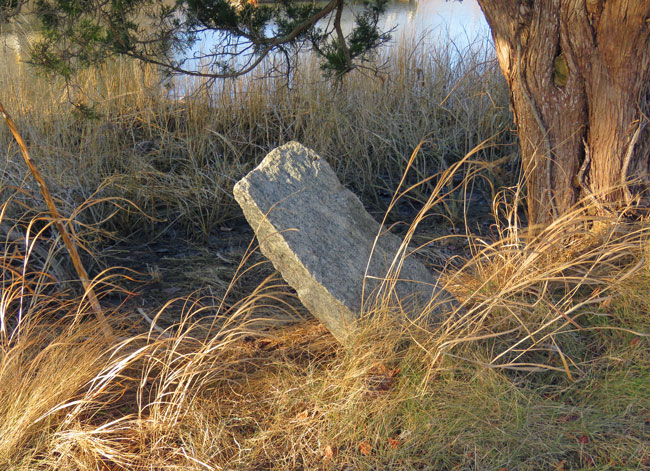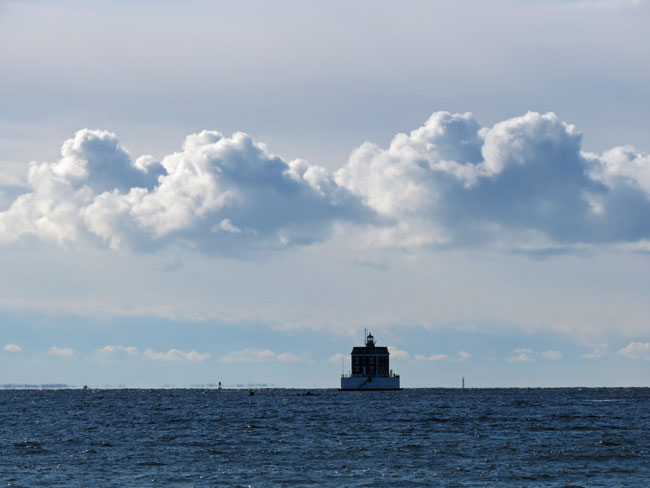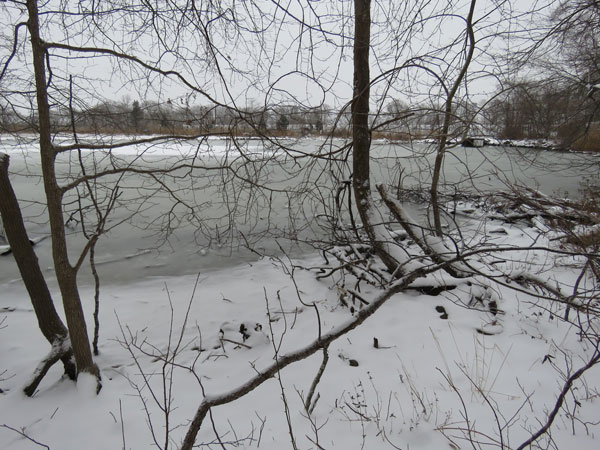
It’s hard to believe after almost two years of walking outings during the pandemic we’re still finding open spaces we haven’t visited yet. Tim was reading about this one, Knox Preserve, in an editorial in the Sunday paper. The writer was frustrated because a fence had been put up between the nature preserve and the railroad tracks, keeping trespassers off the tracks, yes, but also obscuring the views of Long Island Sound.

Wednesday afternoon was finally “warm” enough to head out there, bundled up, of course. (We usually walk in the morning but decided it might be warmer after lunch!) I forgot to make note of the temperature. My new mittens did a fine job keeping my fingers warm. 🙂 We headed up a muddy path along a lovely stone wall with a rusty, golden salt meadow off to our right.


What I see is mine.
~ Henry David Thoreau
(A Week on the Concord & Merrimack Rivers)

At a break in the stone wall we took another very soggy path through the salt meadow, then leading up to a grassy knoll where we found a bench with a view.
While we enjoyed the view a little boy and his mother came along and sat down to wait for the next train. Mom had an app on her cell phone that let her know when the next train would be along. The little guy was very excited, even though he had done this many times before. We smiled, thinking of all the good memories they will have to look back on some day.


Railroad iron is a magician’s rod, in its power to evoke the sleeping energies of land and water.
~ Ralph Waldo Emerson
(The Young American)


Next we decided to follow a path into the woods and along the new fence. We heard the expected train approach and hoped the little boy was enjoying himself! It was probably a high-speed Acela train.




When we came out of the woods we found ourselves at Quiambog Cove and walked along it until we came back to the salt meadow where we started. It was fun completing a loop instead of retracing our steps the way we usually do.



Is not January alone pure winter? December belongs to the fall — is a wintery November — February to the spring — it is a snowy March.
~ Henry David Thoreau
(Journal, February 9, 1854)


When we woke up this morning the wind chill was 0°F/-18°C. Needless to say, we did not take a walk. Instead, it was more yoga for me!
After peaking at 25% on January 7th, Connecticut’s covid positivity rate has slowly inched its way down to 13% yesterday. Baby steps in the right direction.

















































































































